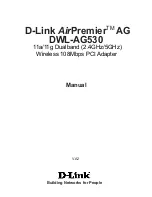
38
The TRACE PRO AE in the connection with digital
devices
Background
As you probably already know, there is one big difference between analog
and digital audio signals: analog audio signals are continuous. That means
at any given time you can measure this signal and retrieve a defined
measuring value. As opposed to digital audio signals. They consist of many
single values (samples), which follow each other in a certain frequency
(sample rate). Here it is not possible to receive a measuring value at any
time, but only as often as the sample rate defines. Example: having a
sample rate returning one value a second, you can’t measure a value at half
a second.
What is a clock?
As you can see, there has to be something governing, at which moment of
time a digital value is to be measured. This is exactly the task of the clock.
It is the impulse- or rate generator. The rate, given by the clock, defines the
sample rate.
Let’s make this a little clearer with an example: Imagine an orchestra with a
conductor. The maestro lifts and lowers the baton – he gives the beat.
Depending on the beat, the musicians play either fast or slow. The
conductor is thereby the clock and the speed the orchestra plays with, that
is the sample rate.
What happens if an orchestra plays without a conductor? – complete chaos!
Every musician plays just like he wants in a different speed. The same
happens if you connect digital audio devices. Just like in the orchestra
example, there has to be defined, who is maestro (the master) and who are
the musicians (the slaves).
















































